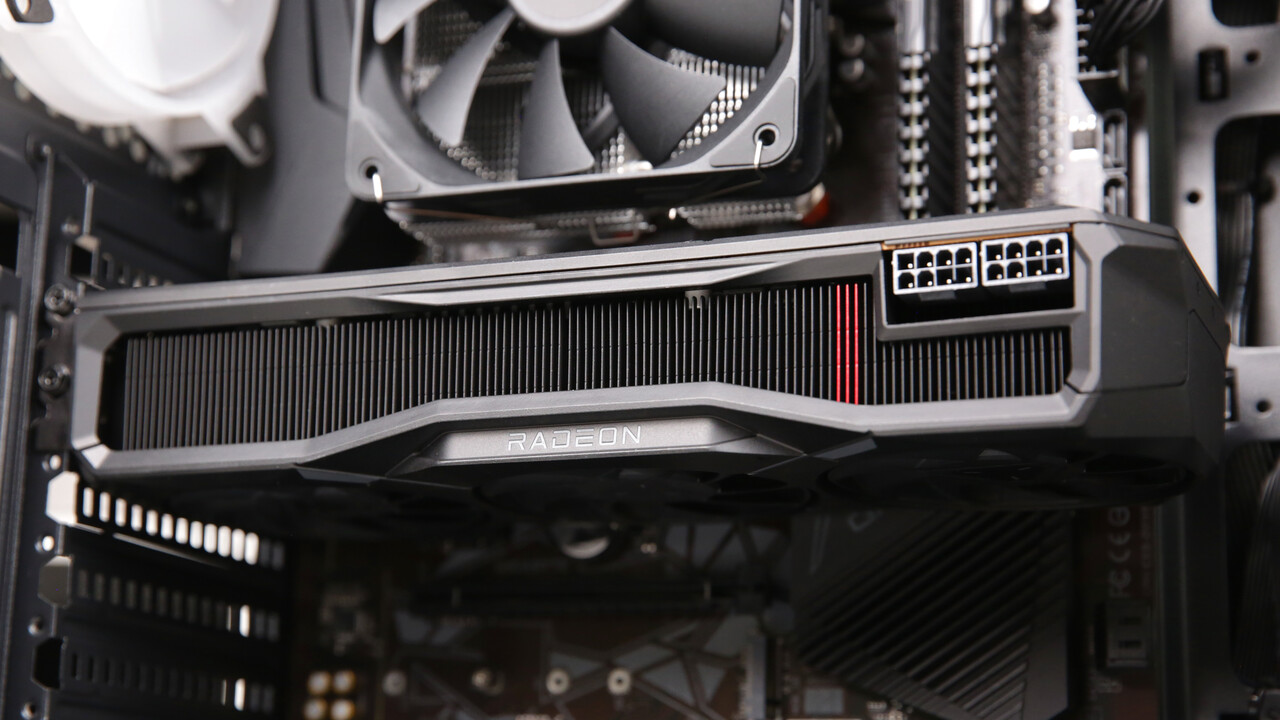DegustatoR
Legend
This is what I'd expect and it would be another signal that the stagnation in perf/price is spreading into high end now.I expect a ~52CU 7700XT to perform similar to a 6800 for about $500, again representing a minimal improvement in performance per dollar from previous gen.


